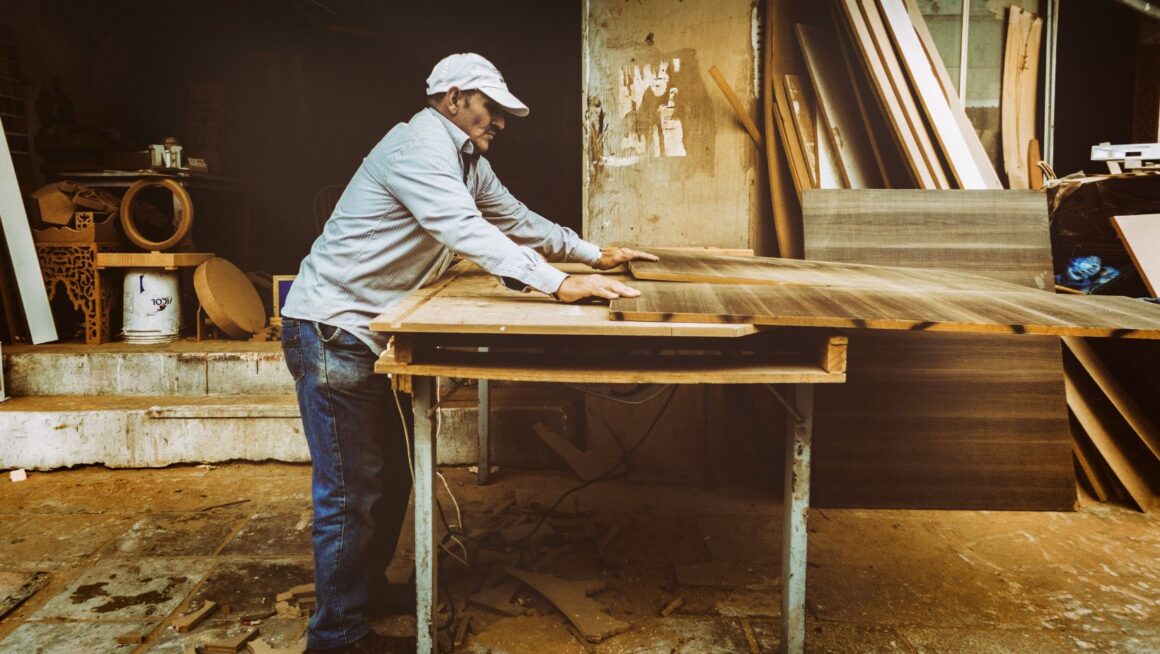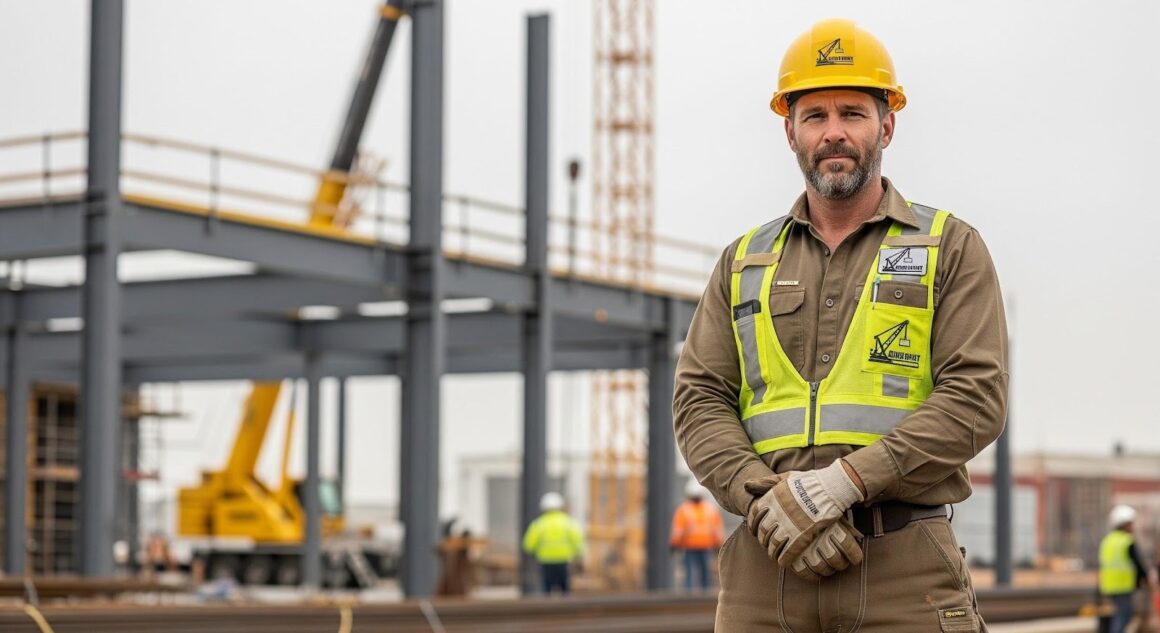Construction sites are dynamic and they pose unforeseen challenges to clothing. Rough floors, heavy material, fluctuating temperature, and diverse jobs are just some of the factors that put consistent strain on what workers wear each day. One reliable example of clothing that has been engineered to withstand this kind of environment is Portwest trousers, which show the value of clothing that has been designed to be resilient. To choose the appropriate pair, it is essential to start with the study of the fabric, fit, and features behavior in the face of everyday pressure.
Considering Practical Materials
Various fabrics react in different ways under duress. Cotton blends tend to be less stiff, whereas reinforced weave is more robust when the workers have to move through tight areas or transport heavy objects. Certain materials are moisture resistant, which means that they can be comfortable even in the case of a sudden change in the weather. Others consider breathability, which aids in keeping the body in balance during the long hours. Consideration of the nature of each job narrows down the options.
Examining Freedom of Movement
Restricted motion can slow progress on any task that requires bending or climbing. A well shaped cut encourages a natural range of movement. Articulated knees and flexible sections allow smoother transitions between standing, kneeling or lifting. When trousers move easily with the body, concentration stays on the task instead of the fabric.
Looking at Storage Options
Everyday tasks are made easier with pockets that keep tools close at hand. Small items can be kept in the deep front pockets, while compact tools like tape measures can be kept in the side pockets. Workers who need to have things close at hand throughout the day often benefit from having more room on their thighs. Storage is crucial, but too much mass shouldn’t compromise comfort. For consistent wear, positioning must be balanced.
Checking Reinforcement Features
When material encounters rough surfaces, abrasion is likely to occur. Strengthened panels in strategic zones can prolong the life of the trousers by covering the most frictional areas. Additional material at the knees or on the seat areas will increase the durability without affecting the comfort. These structural additions are of great benefit to workers who have to spend long hours kneeling.
Assessing Weather Readiness
Construction work continues through varied seasons. Trousers that resist light rain or offer insulation give practical support when temperatures fluctuate. Some designs include breathable linings that help regulate body heat. Warm conditions call for lighter fabrics, while colder months require trousers that trap warmth without weighing the wearer down. Matching material to climate ensures reliable comfort.
Prioritising Fit and Comfort
Carefully selected work clothes are comfortable all day long. A secure waist minimizes distraction and correctly tapered legs will reduce snags around equipment. The internal finish is smooth, which eliminates irritation. By experimenting with various sizes and cuts, one can see how each design reacts to individual body shapes. Comfort has a direct effect on efficiency, particularly when shifts are long.

Reviewing Safety Requirements
There are also sites where the dress code is dictated by the type of work. Bright colours, flame resistance materials or reflective highlights might be necessary in some settings. Knowledge of site regulations prior to purchase helps ensure workers remain compliant. It also provides peace of mind when tasks involve added risk.
Balancing Value and Longevity
Quality trousers may be more expensive to buy at first, but that may be offset by their longevity. Poor quality fabrics can be subject to frequent replacement leading to higher expenditure in the long run. Durability of stronger materials ensures that they do not lose their shape even after repeated wash cycles. The life of each pair is taken into account to determine the option with the highest overall value.
Making a Confident Choice
Consideration of material strength, movement, comfort and site requirements in a thoughtful manner gives superior results. Building sites impose a constant strain on clothing, and therefore the purchase of trousers that stand up to the challenge will aid in promoting safety and efficiency. A highly compatible pair turns into a daily companion that lets employees concentrate on the work with confidence and comfort.

